“WebAR has the incredible potential to enhance user experiences.”
With many businesses shifting online and the competition for views heating up, brands are increasingly becoming aware of the immense power of web-based augmented reality, also known as WebAR. This is a new marketing and advertising tech tool that takes consumers on an interactive journey while showcasing products and services in an innovative and exciting way.
Web-based AR works across many operating systems such as Google and iOS and is compatible with over 3.5 billion mobile devices around the world, rendering WebAR the most easily accessible form of augmented reality to date.
Accessing information with web-based AR is a cleaner process for the end-user, while accessing app-based AR involves more steps and utilizes more phone memory and storage, a potential barrier for many consumers looking to quickly engage with the experience.
Partnering with skilled and experienced WebAR development agencies who can harmonize the technical aspects with an overall marketing strategy is key to extracting the maximum benefit from this technology.
Let’s chat
Not sure where to start? Book a free strategy call with us to get started! No strings attached.
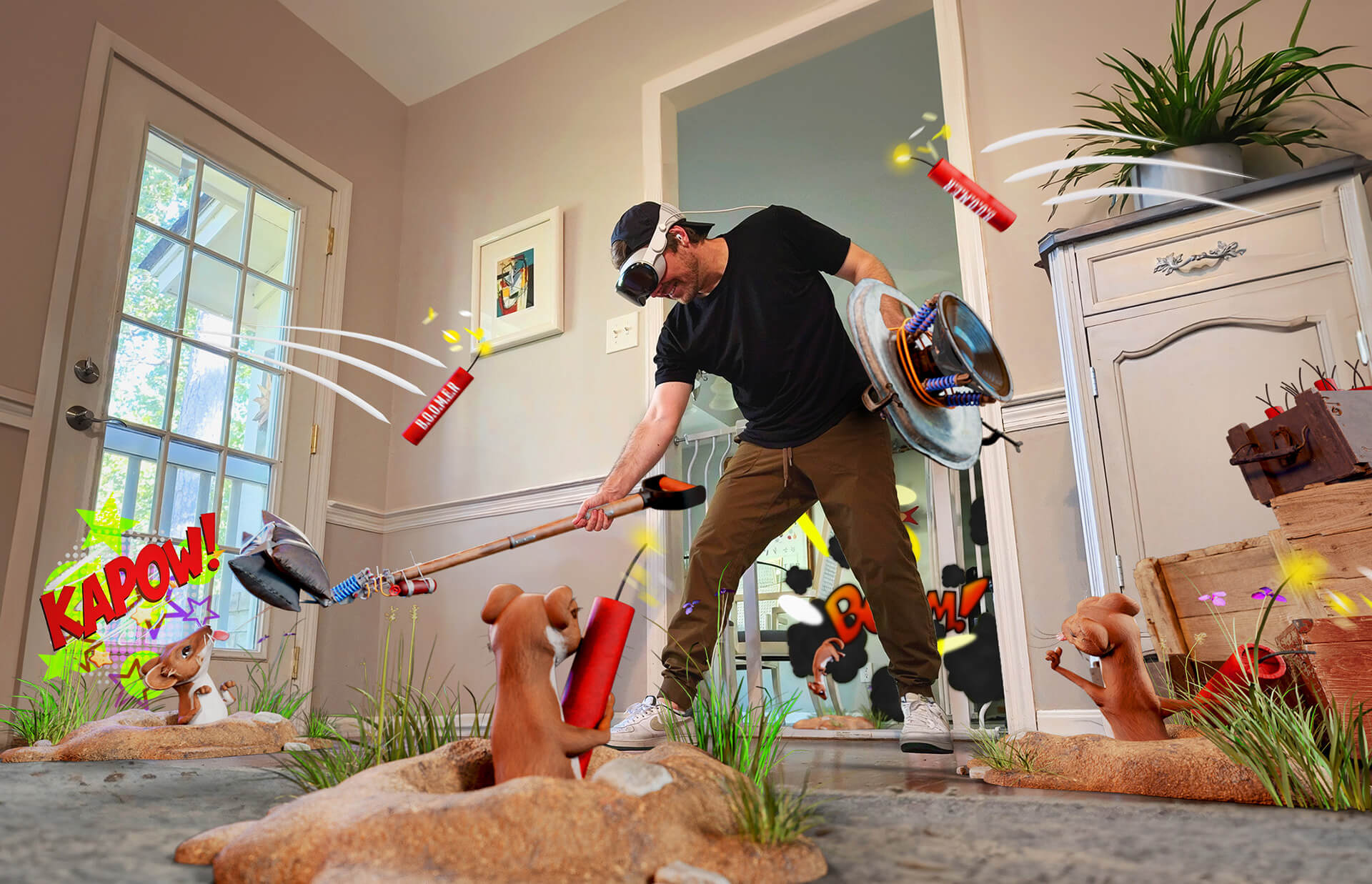
WebAR Enhances the Marketing Experience
Limitless Reach
WebAR reaches almost 3 billion people– nearly twice as many as app-based AR. Web-based augmented reality is also easily supported by social media platforms such as Snapchat, Facebook, and Instagram.
WebAR tools such as 8th Wall allow for this massive reach by providing the necessary underlying technology for AR to build upon. Smartphone manufacturers such as Samsung, Apple, Xiaomi, Huawei are all compatible with 8th Wall, as are the big browsers Chrome, Safari, and Firefox.
This means that as a marketing tool, WebAR grants brands an incredible, seemingly limitless reach. Its widespread accessibility empowers agencies who were previously bound within the ‘walled gardens’ of social media to spread their campaigns further than ever before, enabling their messages to resonate much wider.
Strong Engagement
Web-based augmented reality creates lasting impressions by connecting with audiences on a more profound level. A recent report from Accenture shows that 50% of consumers have better recall when brands engage them with immersive technologies, such as WebAR.
WebAR is a powerful marketing tool because of its ability to engage and provoke an emotional response in the user. That emotional impact is key because it cultivates positive brand sentiment and the willingness of the customer to either return to the brand, endorse it to others, or perhaps even both.
If used strategically, companies can use web-based AR to market products and services to a wider audience who will experience more highly interactive content than what traditional marketing methods offer.
A Seamless Experience
Without the need for a download – a distinct advantage that WebAR has over its app-based counterparts – users can engage with the technology through triggers such as a QR code, link, or real-world object.
WebAR’s instant accessibility eliminates a huge barrier to entry, as opting for an app-based AR requires downloading a standalone mobile application from the App Store or Play Store. In fact, studies have shown that there is a 50% drop-off in engagement for any digital experience that takes over 30 seconds to load. Downloading an app to load an AR experience often takes longer than this.
Web-based AR is such a potent marketing tool because it allows customers to immediately ‘experience the experience’ without annoying load times and multiple steps. It also provides a uniform experience across devices and browsers.
The ease of use and widespread accessibility of WebAR also facilitates virality as users immersed in the experience are more likely to spread the word.
Keep up to date
Sign up to our newsletter for exclusive updates and content, delivered directly to your inbox.
WebAR Augments Marketing Campaigns
AR Outperforms Other Mediums
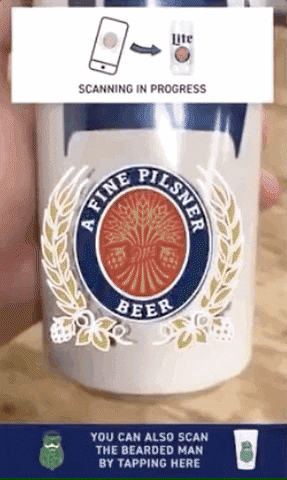
WebAR is extremely effective at creating positive impressions while spreading marketing messages compared to other mediums. It’s important to note that the monumental potential of this technology does not lie in it being an exciting new concept. Its power and potency reside in its immersive and engaging nature.
Sure, novelty can spark initial hype around your brand, but unless you add real value to your target group in some way, your marketing campaign will remain mediocre, or worse, fall completely flat.
Studies have shown that interactivity is key to creating marketing messages that stick. AR is as interactive as it gets, with an 80% recall rate for users. WebAR also has an average dwell time of 75 seconds, four times longer than video.
With such impressive outcomes, it’s hardly surprising that brands leveraging WebAR have recorded up to a 520% increase in intent to purchase over the next six months. This is 95x greater than the non-AR benchmark.
WebAR Integrates with Existing Marketing Mixes
Web-based augmented reality is a medium that integrates smoothly into an existing marketing campaign. As the technology is browser-based, it thoroughly aligns with your 360-degree marketing plan.
Reaching and engaging your audience with WebAR can be done in several ways, be it a QR code embedded on a physical object or digital space, part of an email newsletter, or push notification. WebAR can also be triggered when encountered on social media applications or websites.
With so many avenues to integrate WebAR into an existing campaign, the key to getting the most out of it is strategic implementation. The deployment needs to act as a part of a greater whole. It needs to be smoothly and deliberately embedded in a campaign to avoid inefficiencies or gambling on success because of its novelty effect.
WebAR can also easily integrate with powerful tools such as Google Analytics. This allows marketers to collect a huge amount of valuable data and insights which can be used to inform effective business strategies.
Enriches the Customer Experience
It’s not hard to imagine how webAR can enrich a customer’s experience, particularly in the retail space. Displays, products, and promotions can all be enhanced with interactive content. The unique power of WebAR combines the digital with the physical world, enabling brands to offer users an immersive experience unmatched by any other technology.
Possible applications of WebAR include previewing furniture in your home before purchase, providing nutritional information on a food product, and even giving a user a virtual tour of a resort before they make a booking. With WebAR, customers can now engage with a brand in a manner that’s informative, entertaining, and immersive all at the same time.
While offering so many opportunities, it’s surprisingly straightforward to get customers to activate a WebAR deployment in-store. Up to 60% of customers already use their smartphones when browsing to gain more information about a product, for example, so having them scan a QR code will not pose a difficult task.
The sheer number of benefits WebAR provides is staggering. International brands can leverage it to overcome language barriers. As the technology easily integrates with Google, content can instantly be translated into the user’s preferred language.
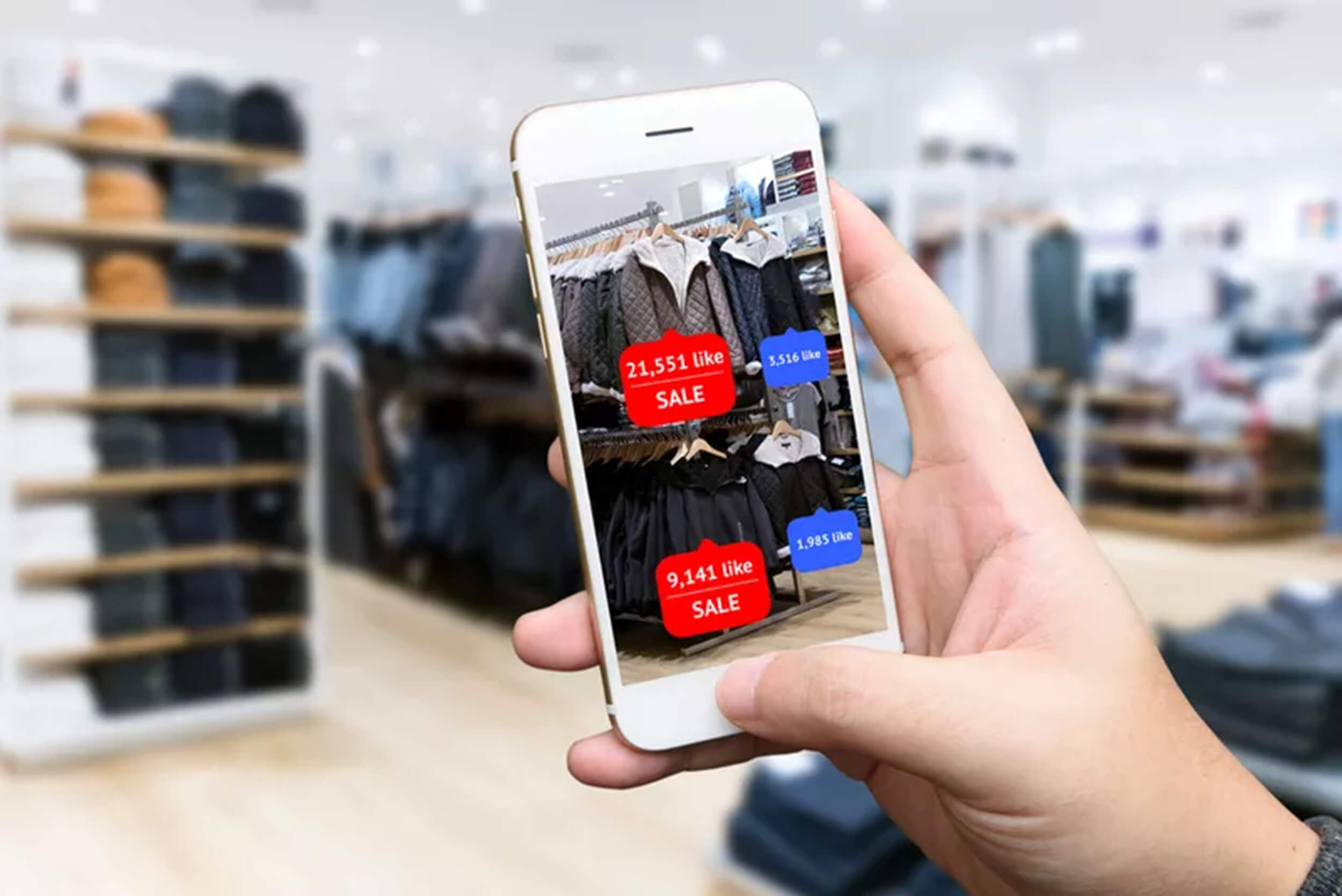
Using webAR in-store allows customers to gain information on the go.
Entrenches Buyer’s Confidence
The digital migration poses new challenges to brands that rely on physical spaces to connect with customers. Online shopping, for all of its convenience, has always carried with it some baggage.
For example, studies have shown that in ensuring their correct size, nearly a third of online shoppers buy different sizes of an item they want and then return the ones that don’t fit. Aside from causing inconvenience and annoyance on the part of shoppers, this practice also represents a logistical and financial burden on online retailers. The problem is exacerbated by the current stay-at-home dynamic forced upon us by Covid-19. By being unable to visit stores in person, shoppers have to contend with these issues regularly.
WebAR addresses this problem by allowing brands to immersively connect, inform, and sell to customers. A great example of WebAR being rolled in this particular scenario is the deployment by Saks Fifth Avenue which allows users to customize and preview clothes on a digital mannequin before purchase.
AR experiences such as these increase buyer confidence in that the item they are buying is exactly what they are seeking and creates smoother customer interactions.
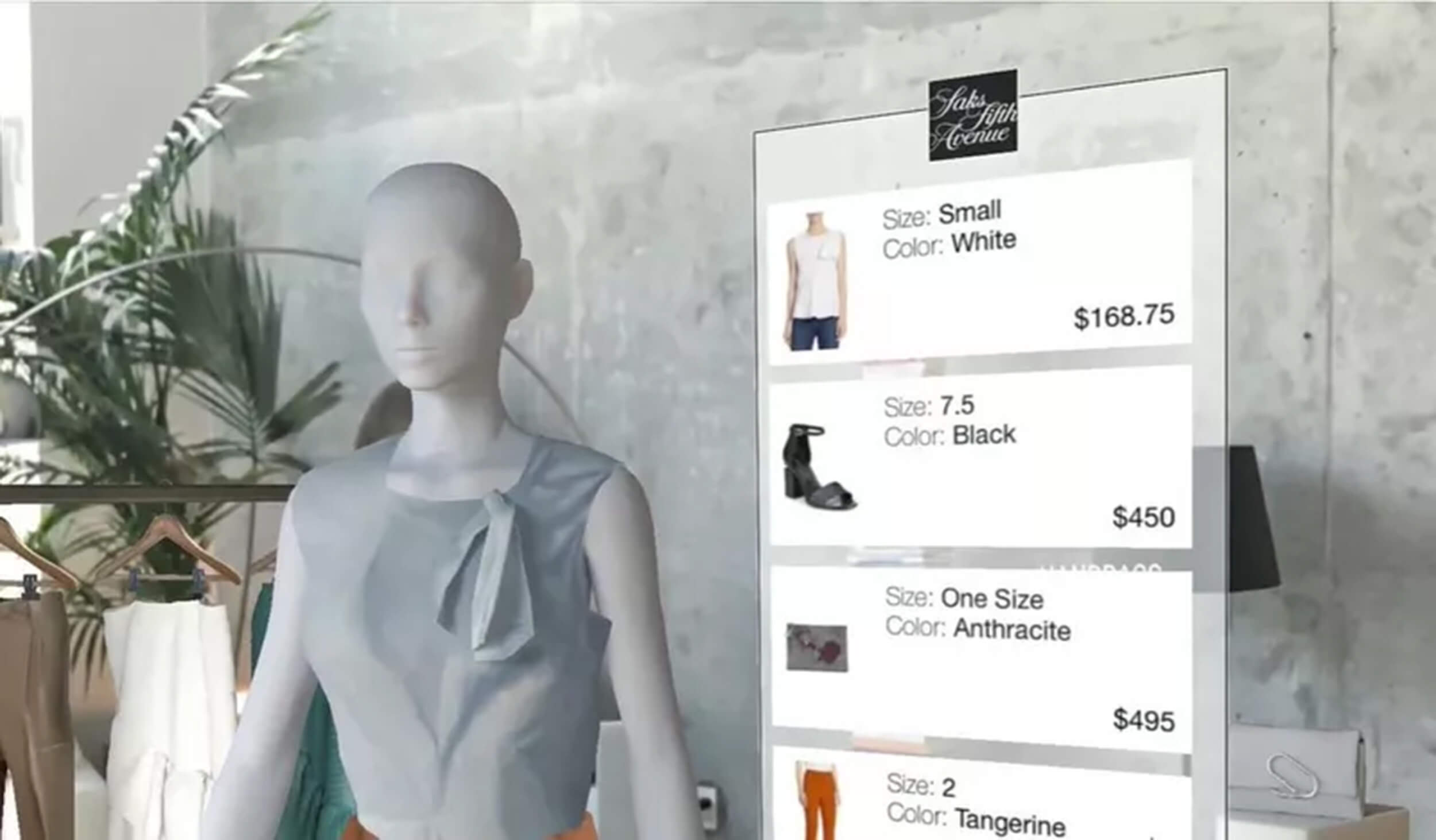
Online shoppers can customize and preview items before purchase using AR.
Provides Real-Time Feedback
Web-based augmented reality presents marketers with an effective tool for gathering real-time feedback and data on their deployments.
The nature of the technology allows for beta testing, meaning brands can gather feedback from users and iron out any problems with the experience before committing to a full rollout.
Huge Possibilities with Different WebAR Experiences
WebAR marketing opens up almost limitless opportunities for brands to use in their campaigns. Its capacity to bring the digital world into the real is unique among the range of marketing tools currently being deployed.
Deploying webAR in a campaign can also help unleash marketers’ creative elements and boosts motivation levels among a marketing team. Opportunities to create new virtual elements and marry them to the real world open up endless possibilities.
World Effects
World effect WebAR deployments embed digital objects as part of the real world.
There are two types of world effects: marker-based and markerless. A marker-based experience entails a digital model being bound to a specific point or object in a real-world environment. Examples of these bindings can include a QR code, company logo, street art, or any other 2D image.
Markerless WebAR means that a virtual object is bound to a surface, such as a table, floor, or wall. As the technology is capable of discerning different environmental contexts, the subject of the deployment is sure to be the focal point of the experience.
World effects allow agencies to flex their creative muscles as they design experiences that are entertaining, interactive, and immersive. This translates to increased positive impressions and brand recall among users.
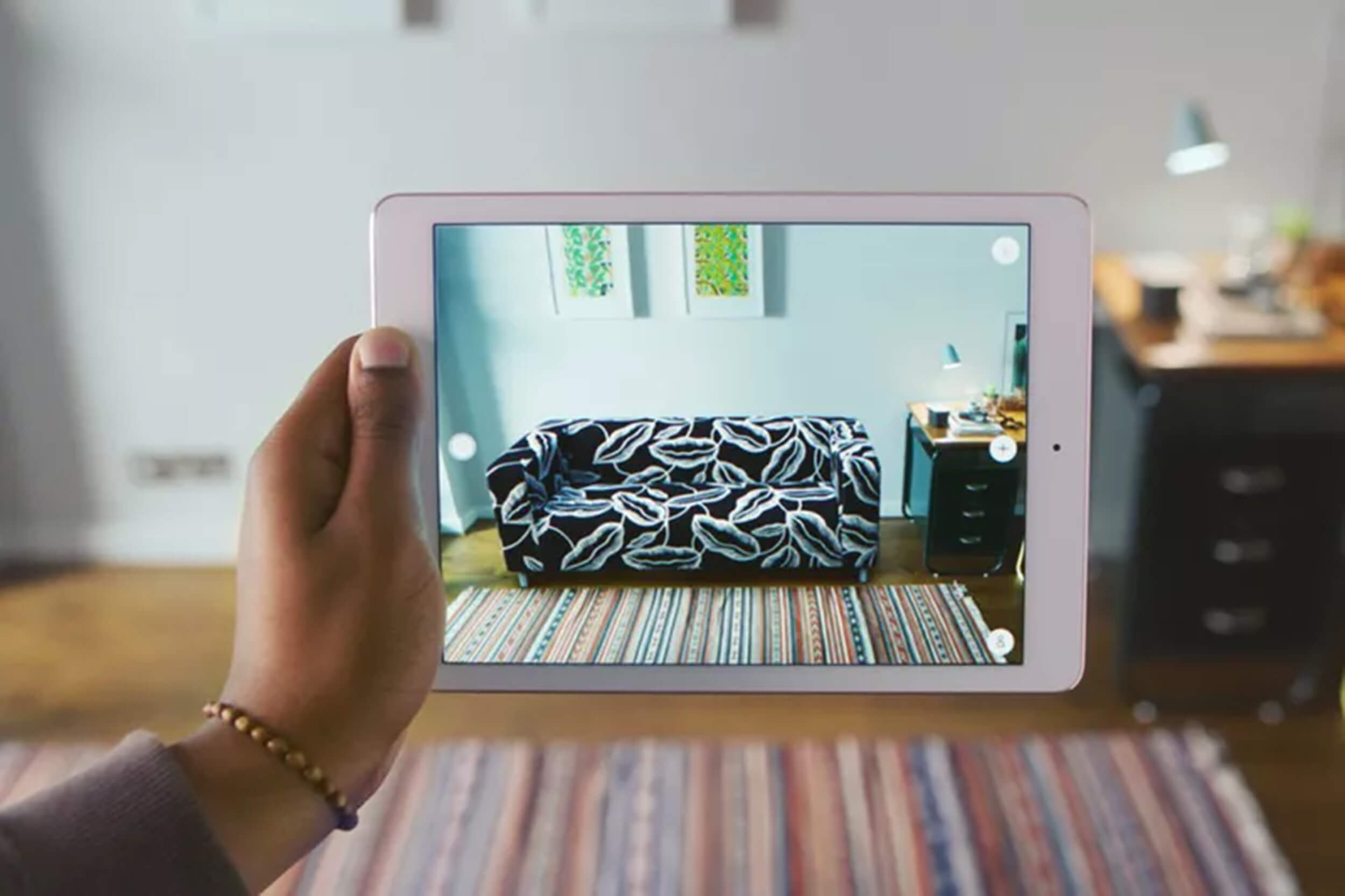
The IKEA AR experience helped remove the difficulty online shoppers faced when purchasing products.
Filters
Filters are one of the most recognizable types of AR being used by brands today. The entertaining, social-media friendly, and easily-sharable aspects of this medium render it viral-friendly if used strategically.
Social media-based marketing campaigns in particular are capable of leveraging WebAR filters to great effect. By adding engaging and fun elements to messaging, users will likely be more encouraged to share and interact with one another.
Filters can be used to allow users to preview try-on’s such as make-up and accessories, engage with gamified experiences, and upcoming events such as a concert or a movie.
Portals
Portals are a perfect illustration of the continued enhancement capabilities of WebAR technology. This AR medium transports users to a different world through engagement with the content.
Devices can navigate these portals because of the ability of WebAR to understand the so-termed ‘six degrees of freedom’ – the capacity of a device to track its position along three axes of position and three axes of orientation. This allows a smartphone to recognize its position relative to the virtual environment, meaning that a user can navigate a portal through their phone’s movements.
Other Types of WebAR Experiences
Holographic Web AR
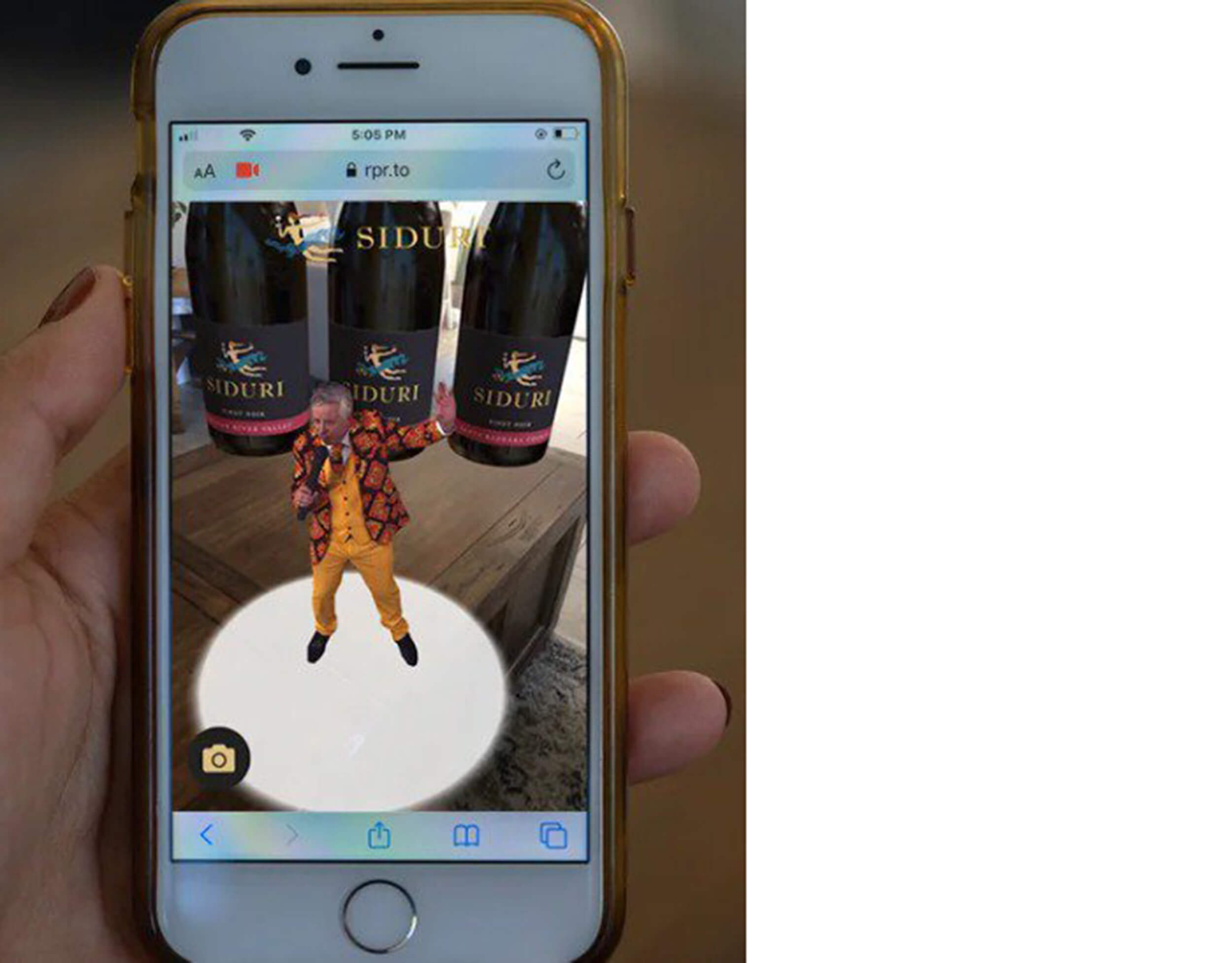
Holographic WebAR, such as the “Siduri Holographic Experience” RPR developed with Jackson Family Wines and Microsoft, represents a step forward in the power of the technology. 3D objects in this type of experience appear to entertain and inform users.
Personalization
Personalization-type experiences seek to maximize the interactive and dynamic nature of web-based augmented reality. Brands can use this medium to create experiences that are unique to each customer, creating deep connections, memorable interactions, and long-lasting relationships. An example of this is having users create and send custom AR greeting cards to loved ones.
Partner with WebAR Experts
Developing WebAR is a complex process that requires a special skill set. Partnering with a capable developer helps with the technical aspects and the overall marketing strategy.
Brands need to be able to clearly articulate their goals and the desired outcomes before approaching a WebAR partner. Setting these parameters down early on ensures that the entire project team pulls in the same direction.
Choose a WebAR Experience
The type of AR experience deployed in a campaign depends on a company’s goals. If a brand seeks to go viral, a filter would be the best choice as it’s readily accessible on social media and thus easily sharable. If an entity wants to reduce returns from online purchases, a world effect experience allowing customers to preview items before buying would be ideal.
When choosing the goals for WebAR marketing, brands should make sure that they are SMART – specific, measurable, attainable, realistic, and timely. Well-chosen SMART goals lay the framework for a successful, unified deployment.
Choose Your Channels
Channels are the avenues through which brands communicate with their customers. To choose the most effective channels for a WebAR deployment, marketers must understand when and where users are most likely to encounter the experience.
Some WebAR experiences are more effective when deployed on social media, while others are best when triggered with a QR code, in-person, or through email. Identifying which channel to use depends on an understanding of the target market.
Marketers need to grasp where, when, and how users will interact with WebAR. Some brands, though, cannot afford to deploy across multiple platforms, so efforts must be focused on where they will be most effective while determining which represents the best ROI. Well-strategized campaign goals help in guiding the choice of channel.
A strong channel strategy enables brands to engage with their customers effectively, taking into account user behavior and technological capability.
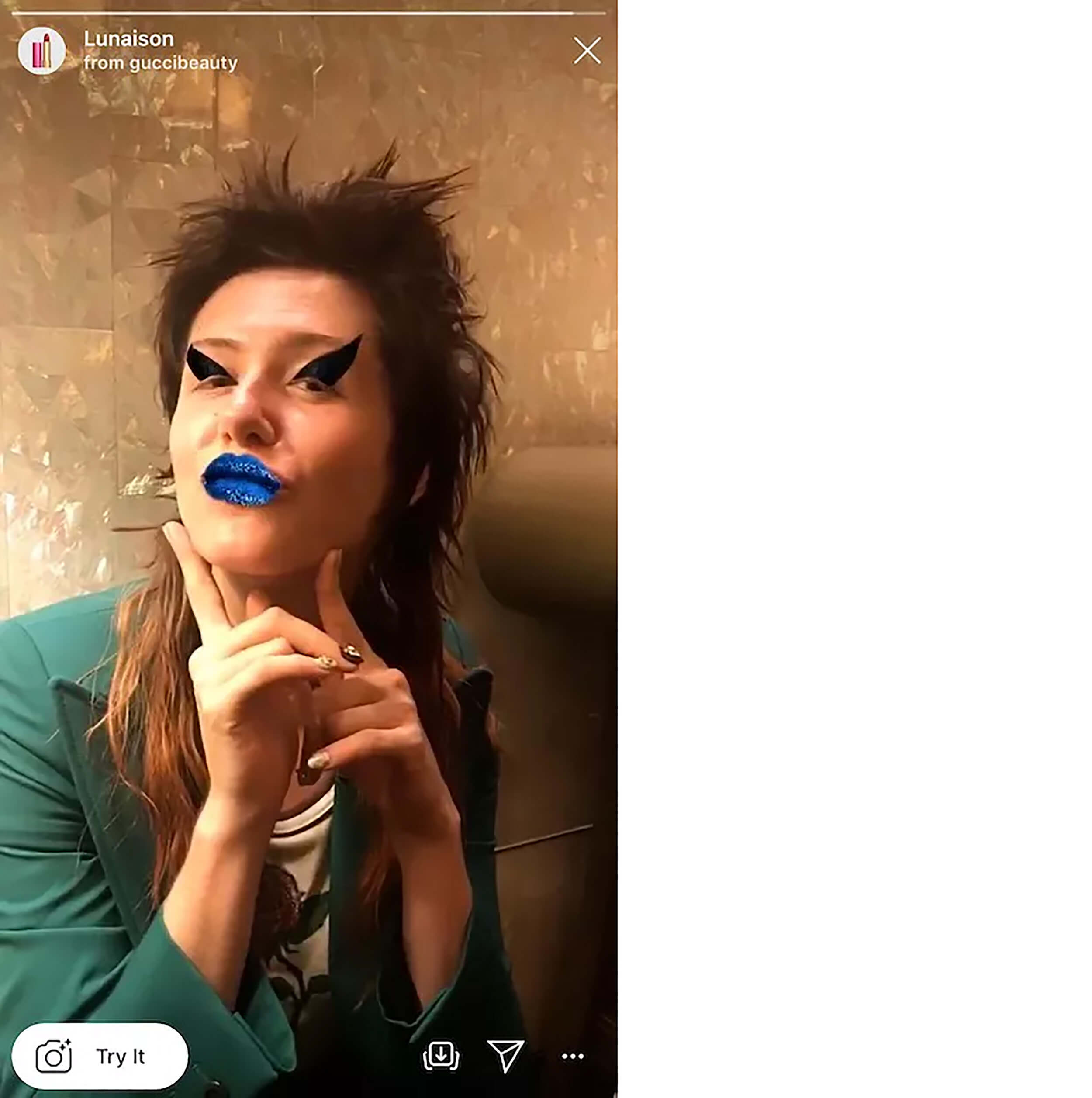
Filters are well-suited for deployment on social media, as they are already a familiar part of the digital culture.
Choose the Right Partner
Choosing the right partner to develop a brand’s WebAR deployment is critical to the success of the project. The importance of thoroughly vetting a potential WebAR partner before engagement cannot be emphasized enough.
Competent agencies have a holistic approach to development, displaying prowess over the technical aspects as well as in overall marketing, design, and strategy.
Reputable agencies have a proven track record and should be able to provide performance metrics from previous campaigns. It’s also important to connect with brands who have experience working with such agencies to glean insights into their the working relationship.
Knowledgeable agencies must be able to provide partners with dedicated project managers as well as offer a warranty for their development. Post-deployment maintenance and updates are also a must. Skilled and experienced agencies create the ‘experience’ and work closely with the brand to ensure the deployment aligns with pre-determined goals.
Synergize Your AR Deployment With Your Campaign Goals
From startups to Fortune 500s, Rock Paper Reality (RPR) has over a decade of experience at the cutting-edge of WebAR technology and strategy. RPR’s expert team of consultants and developers has created an AR blueprint using a data-driven approach that sets up WebAR marketing campaigns for success.
By infusing technical mastery with a holistic approach to WebAR marketing, RPR has developed best-in-class AR content and strategies to drive brand awareness, customer engagement, and revenue growth.
Are you ready to transform your project with WebAR? Get in touch and see why brand leaders such as Microsoft, Netflix, and Sony have chosen RPR as their dedicated AR partner.
